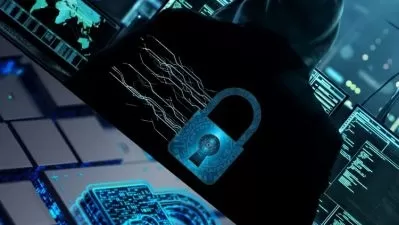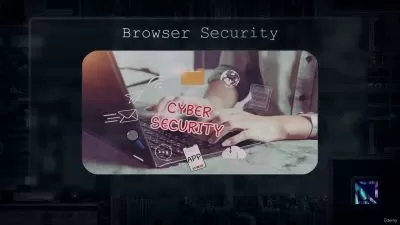Cybersecurity for Executives
Kip Boyle
1:20:21
Description
Most executives want to be better cyber risk managers. They want to manage cybersecurity risks in the same thoughtful and intelligent way as they manage other aspects of their business. Fortunately, you don't need to be a technology expert to improve your cyber risk management skills. This course provides practical, to-the-point training for the busy executive, in everyday language, complete with examples that are easy to understand. Instructor Kip Boyle describes the big picture events driving cybercrimes today and the top cyber risks affecting executives and their organizations. He provides examples of common cyberattacks, including actual impacts to real organizations. He uses germ theory to explain how good "security hygiene" can help you and your organization combat security threats, and introduces the top actions executives can take to avoid threats such as phishing, identity theft, hacking, and financial fraud. Plus, learn how contract "firewalls" and third-party cyber risk management can help you mitigate the most common cyber risks.
More details
User Reviews
Rating
Kip Boyle
Instructor's Courses
Linkedin Learning
View courses Linkedin Learning- language english
- Training sessions 33
- duration 1:20:21
- Release Date 2023/01/04















